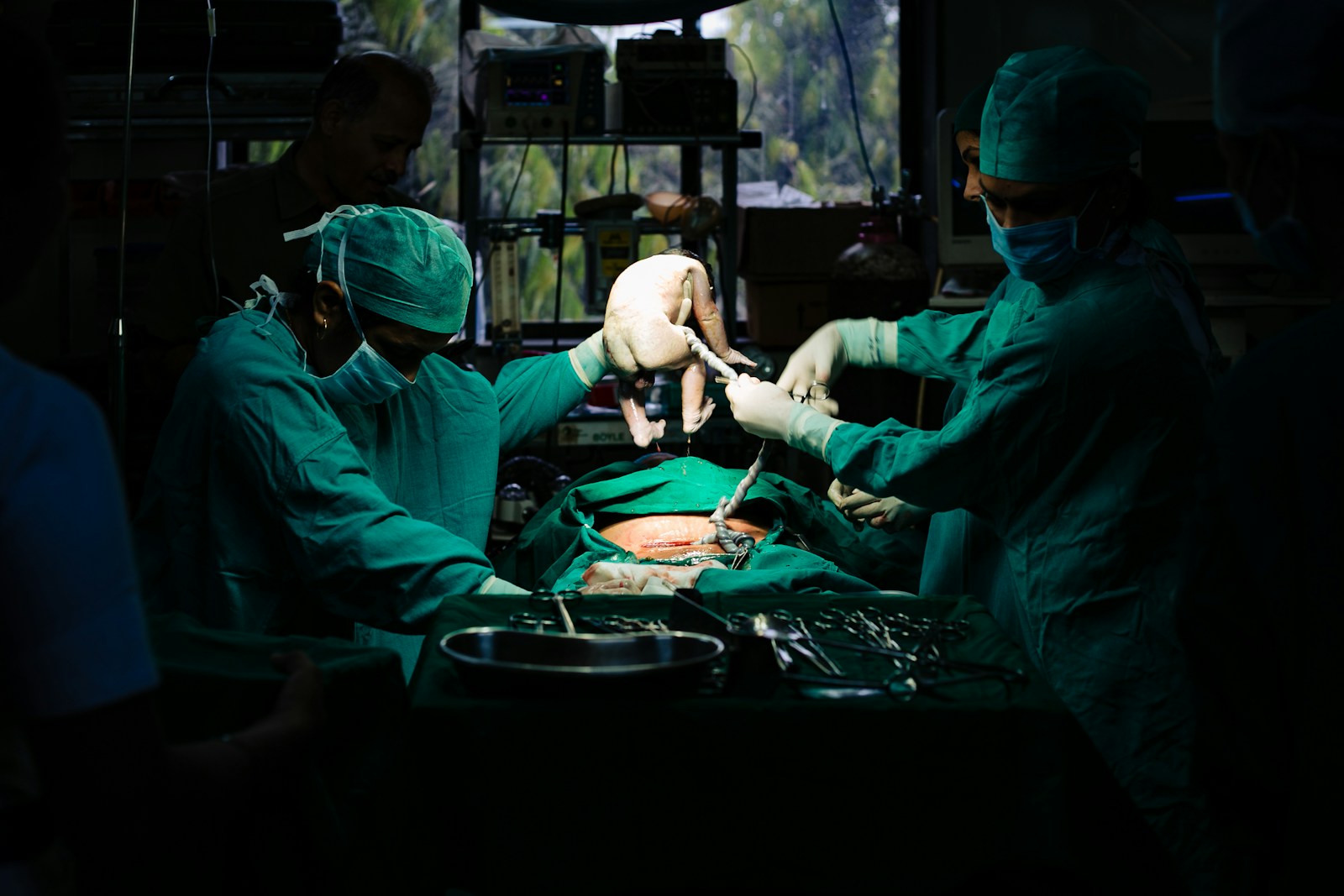IVF at 42 with your own eggs is possible, but it comes with challenges. Age-related declines in egg quantity and quality, as well as lower success rates (around 9%-10% per cycle), make it a complex decision. However, advancements in reproductive medicine provide hope.
Benefits and Risks
Benefits:
• A chance to have a genetically related child.
• Ability to plan your family on your timeline.
• Genetic screening to reduce the risk of complications.
Risks:
• Lower success rates compared to younger ages.
• Increased risk of pregnancy complications like diabetes and hypertension.
• Emotional and physical strain from multiple cycles or treatments.
Who Is Eligible?
Eligibility depends on:
• Ovarian Reserve: Assessed through blood tests and ultrasounds.
• Reproductive Health: A healthy uterus and balanced hormones are essential.
• Emotional Readiness: IVF can be mentally challenging.
Consult a fertility expert to evaluate your individual circumstances.
What to Expect
Process:
IVF involves egg stimulation, retrieval, fertilization, and embryo transfer. Regular monitoring ensures safety and effectiveness.
Side Effects:
• Hormonal changes like bloating or mood swings.
• Rare risks like ovarian hyperstimulation syndrome (OHSS).
Post-Treatment Care:
• Rest after embryo transfer and follow medication schedules.
• Seek emotional support to manage stress.
Alternatives to IVF with Own Eggs
• Egg Donation: Higher success rates.
• Adoption: A fulfilling non-biological option.
• Surrogacy: For those unable to carry a pregnancy.
• Foster Care: Providing a loving home to a child in need.
While IVF at 42 offers hope, success depends on individual health and circumstances. Consult a specialist, explore all options, and prepare for a journey that could bring you closer to your dream of parenthood.


